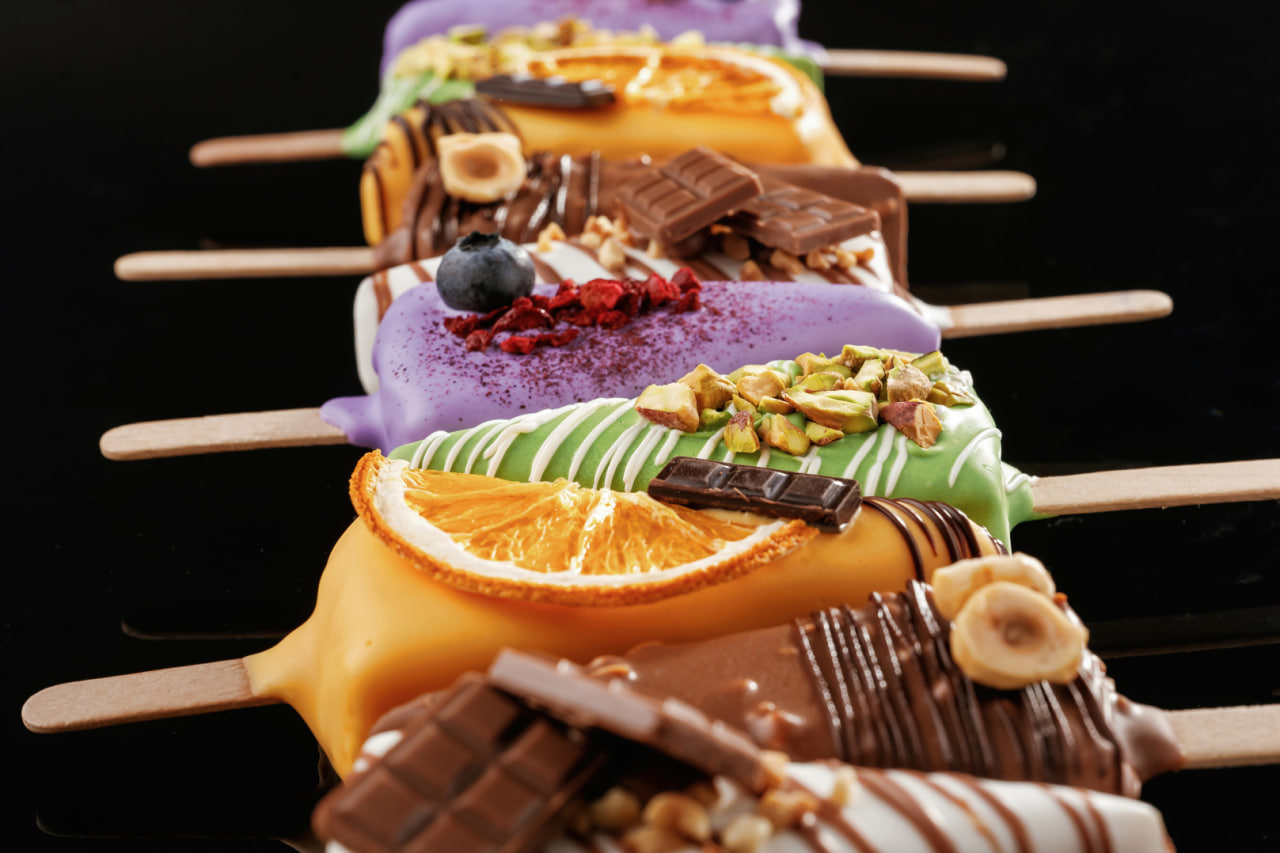Creative Presentation & Flavor Pairing

The art of creating desserts extends beyond taste; presentation and flavor pairing are essential for crafting memorable and visually appealing treats. Creative presentation captures attention and enhances the dining experience, while thoughtful flavor combinations elevate taste and texture. Mastering these elements allows bakers to produce desserts that delight all senses and leave a lasting impression.
The Importance of Presentation in Desserts
Presentation transforms even simple desserts into remarkable creations. The visual appeal of a dessert influences perception, anticipation, and enjoyment. Thoughtful arrangement, color contrast, texture, and finishing touches can make desserts appear sophisticated and inviting.
Plating techniques, layered desserts, garnishes, and decorative elements all contribute to a polished appearance. Even small details, like the choice of dishware, edible flowers, or a drizzle of sauce, create a sense of craftsmanship and care. When desserts look appealing, they become more enticing and memorable to the recipient.
Techniques for Creative Presentation
Various techniques can enhance the visual appeal of desserts:
Layering: Parfaits, trifles, and cakes benefit from layered colors and textures. Alternating ingredients creates visual depth while highlighting distinct flavors.
Garnishing: Toppings such as fresh fruit, nuts, seeds, grated chocolate, or edible flowers add texture, color, and elegance.
Plating: Thoughtful placement of desserts on plates, boards, or jars transforms ordinary presentations into artful arrangements. Using contrasting colors and shapes guides the eye and creates balance.
Piping and Decoration: Piping creams, frostings, or mousses allows precise control over design. Decorative swirls, rosettes, and borders add professional touches.
Use of Props and Textures: Wooden boards, slate plates, or ceramic dishes provide interesting backgrounds. Textural contrasts between smooth creams, crunchy toppings, and soft cakes add dimension and intrigue.
Understanding Flavor Pairing
Flavor pairing is essential for creating desserts that are balanced, complex, and satisfying. Combining complementary flavors enhances taste while highlighting individual ingredients. Understanding flavor profiles and how they interact allows bakers to create harmonious and innovative desserts.
Sweet and Acidic: Combining sweet ingredients with a hint of acidity, such as citrus, berries, or yogurt, brightens flavors and prevents cloying sweetness.
Sweet and Nutty: Nuts like almonds, pistachios, and walnuts add richness, crunch, and depth to sweet desserts.
Spices and Herbs: Cinnamon, cardamom, mint, or basil can transform simple desserts, adding aromatic complexity and balance.
Chocolate Pairings: Dark, milk, or white chocolate can be paired with fruits, nuts, or spices to create contrasting flavors and textures.
Texture Contrast: Combining creamy, crunchy, chewy, and soft elements ensures an engaging experience with every bite. Textural variation enhances both taste and satisfaction.
Creative Approaches to Flavor Pairing
Experimentation is key to discovering unique and appealing combinations. Seasonal fruits, local ingredients, and unexpected pairings can create signature desserts that stand out.
Layered Desserts: Alternating flavors and textures in cakes, mousses, and parfaits adds complexity and surprise in every bite.
Infusions and Extracts: Using natural flavor extracts, zests, or infusions enhances subtle flavor notes without excessive sugar or fat.
Complementary Contrasts: Pairing bitter and sweet, tart and creamy, or spicy and smooth introduces dynamic flavors that delight the palate.
Tips for Combining Presentation and Flavor
The synergy between presentation and flavor ensures desserts are both visually stunning and delicious. When planning a dessert:
- Consider color harmony in ingredients and garnishes.
- Balance textures to create an engaging mouthfeel.
- Highlight key flavors in the presentation to hint at taste experience.
- Use height, layers, and negative space to create visual interest.
- Incorporate edible decorations that complement flavor, such as candied zest or toasted nuts.
Enhancing Creativity Through Practice
Regular experimentation with plating, garnishing, and flavor combinations builds confidence and creativity. Keeping a record of successful pairings, designs, and techniques helps refine skills and develop a personal style.
Trying new ingredients, exploring cultural flavor profiles, and observing professional techniques inspire innovation. Each dessert becomes a chance to practice artistry, refine taste judgment, and experiment with visual and flavor elements in harmony.
Engaging the Senses
Desserts that balance presentation and flavor engage multiple senses: sight, smell, taste, and even texture through touch. This multi-sensory experience makes desserts more memorable and enjoyable. Thoughtful presentation cues the expectation of flavor, while complementary pairing confirms satisfaction.



